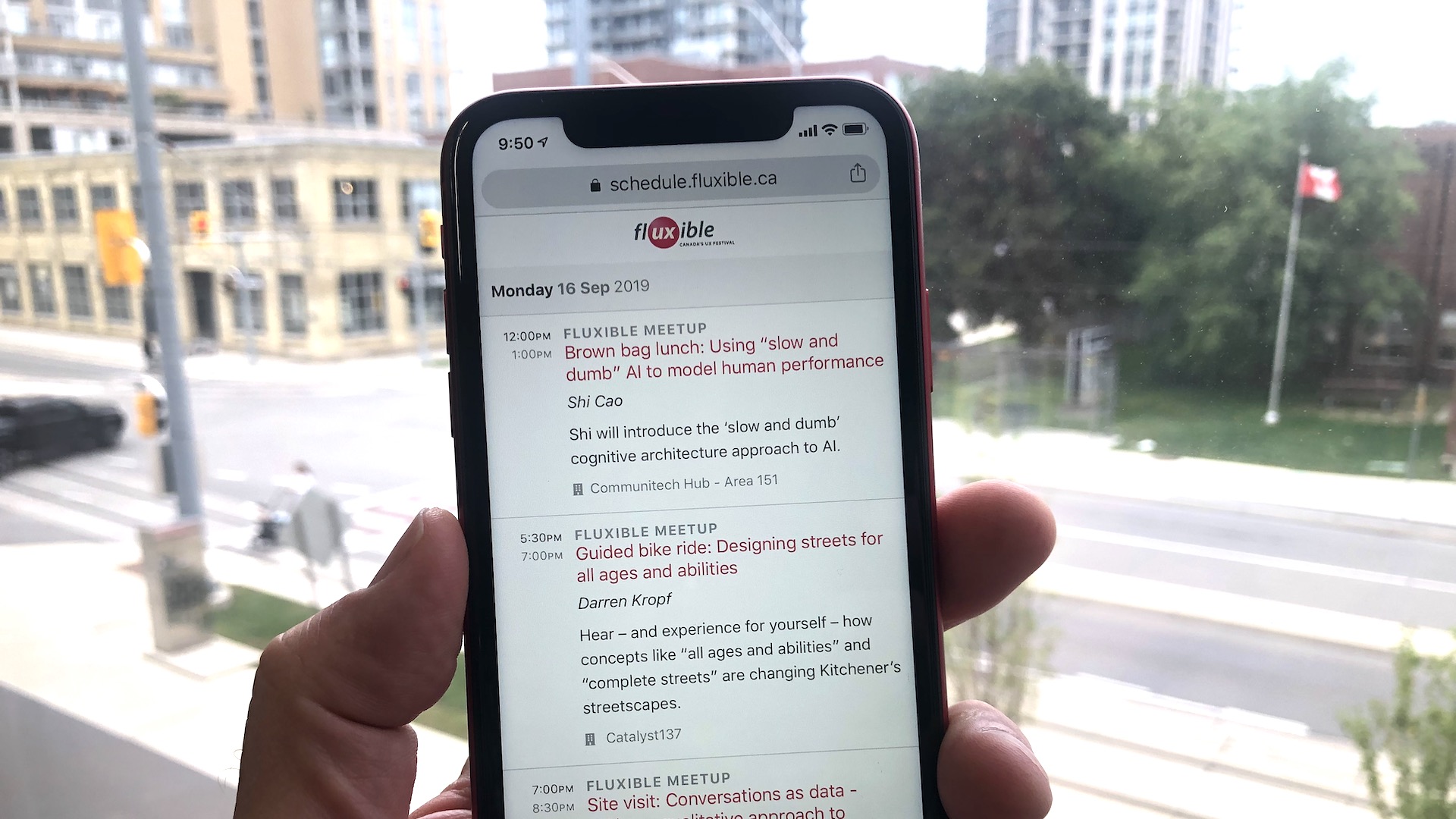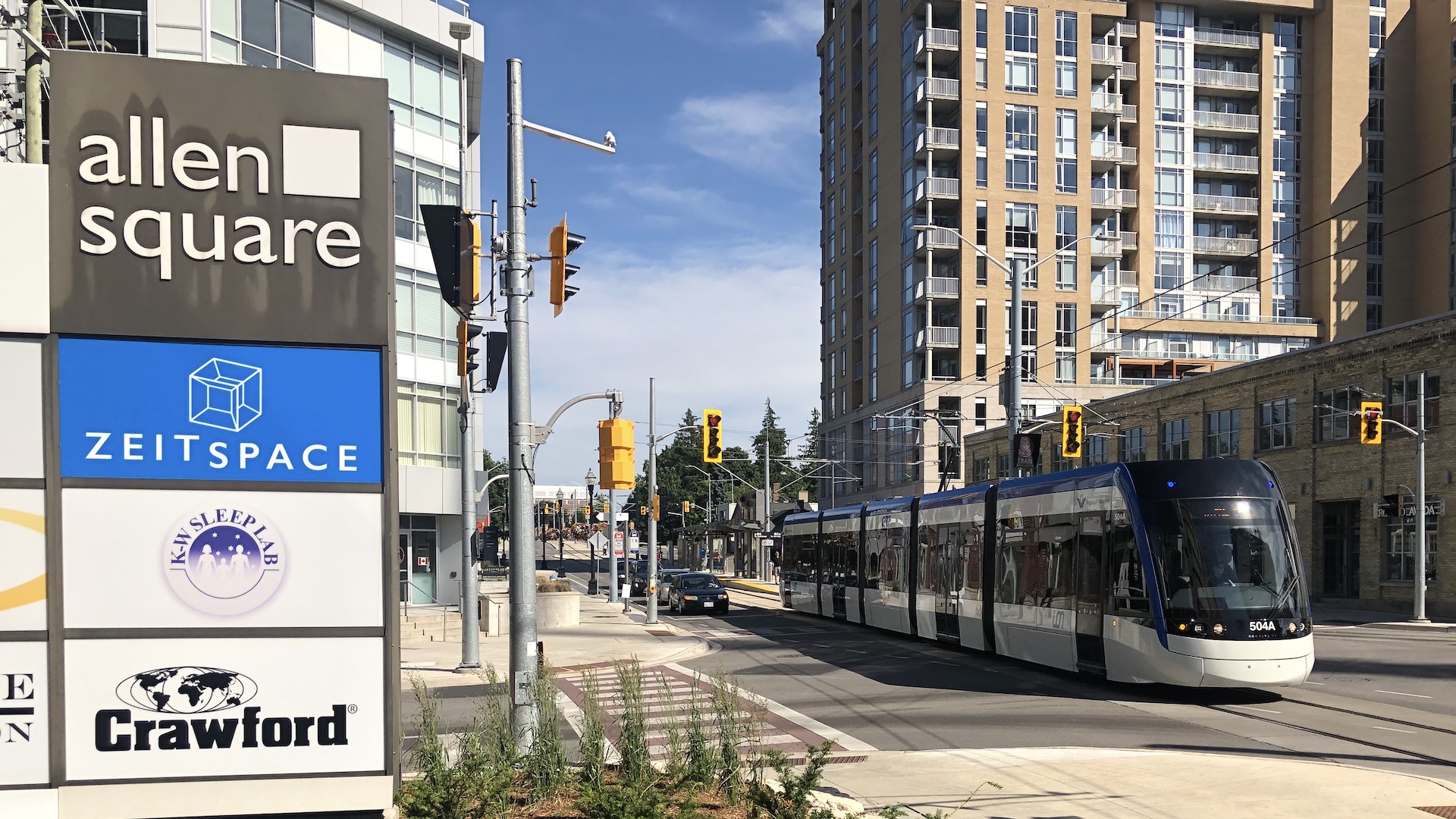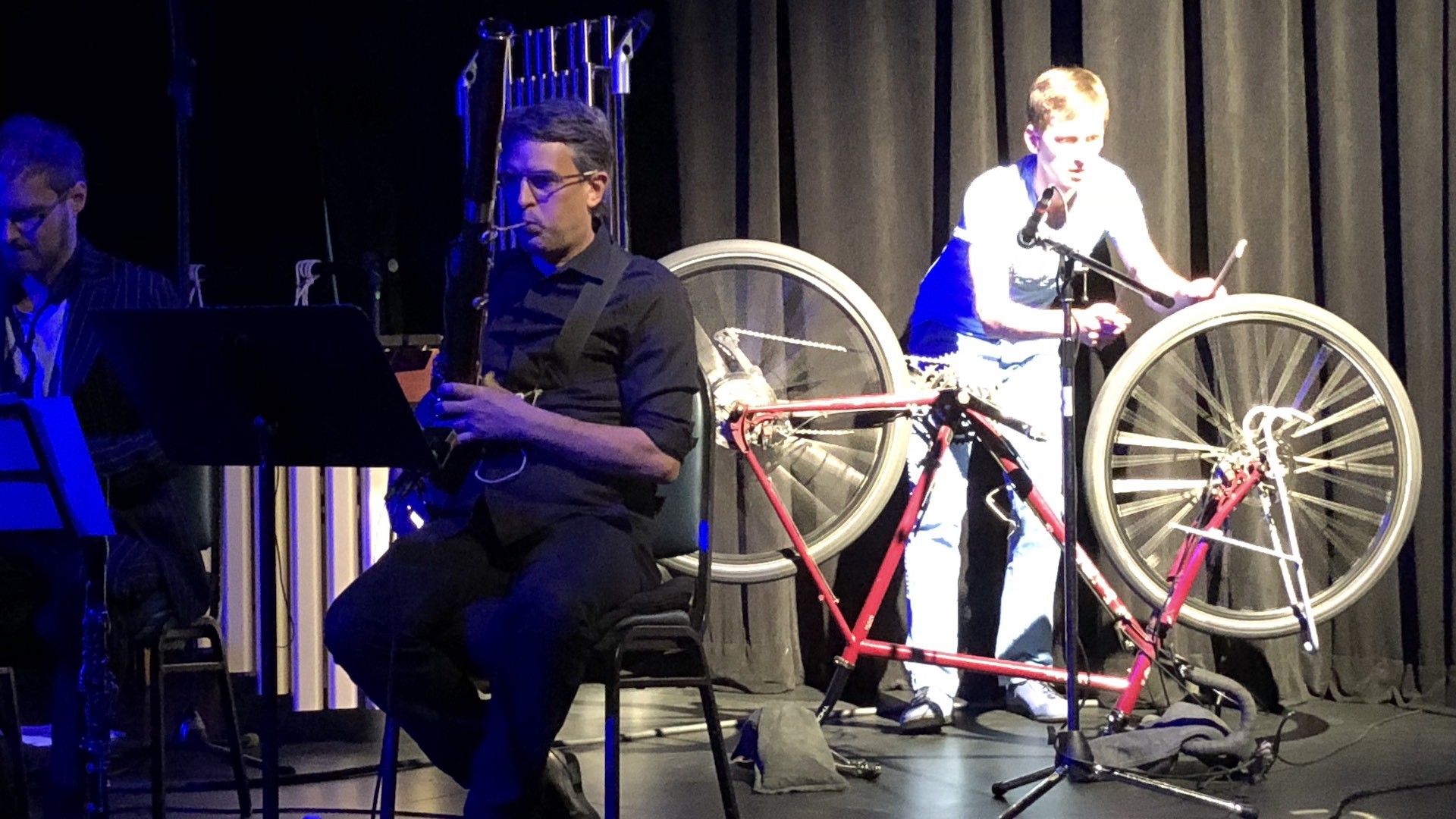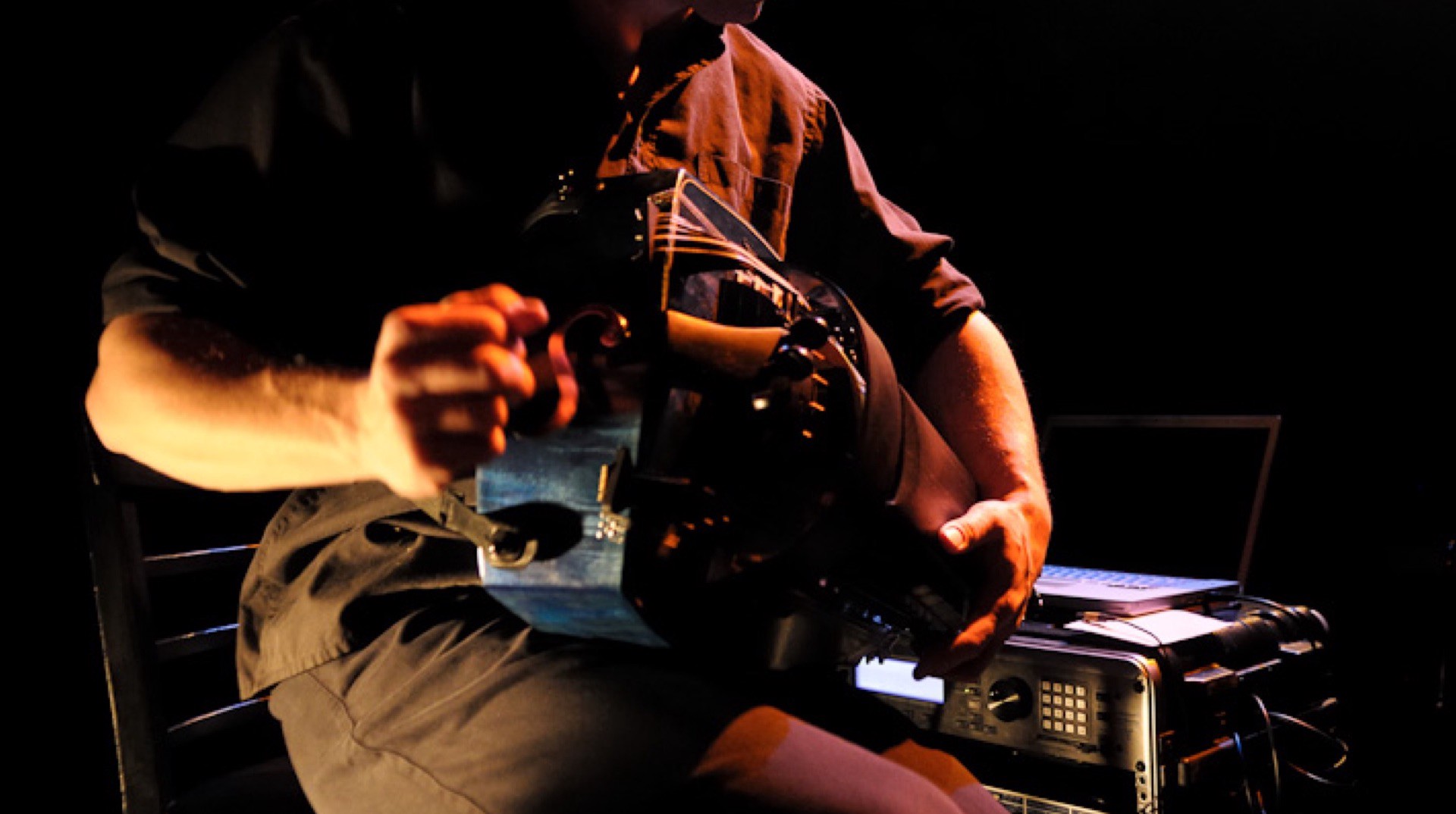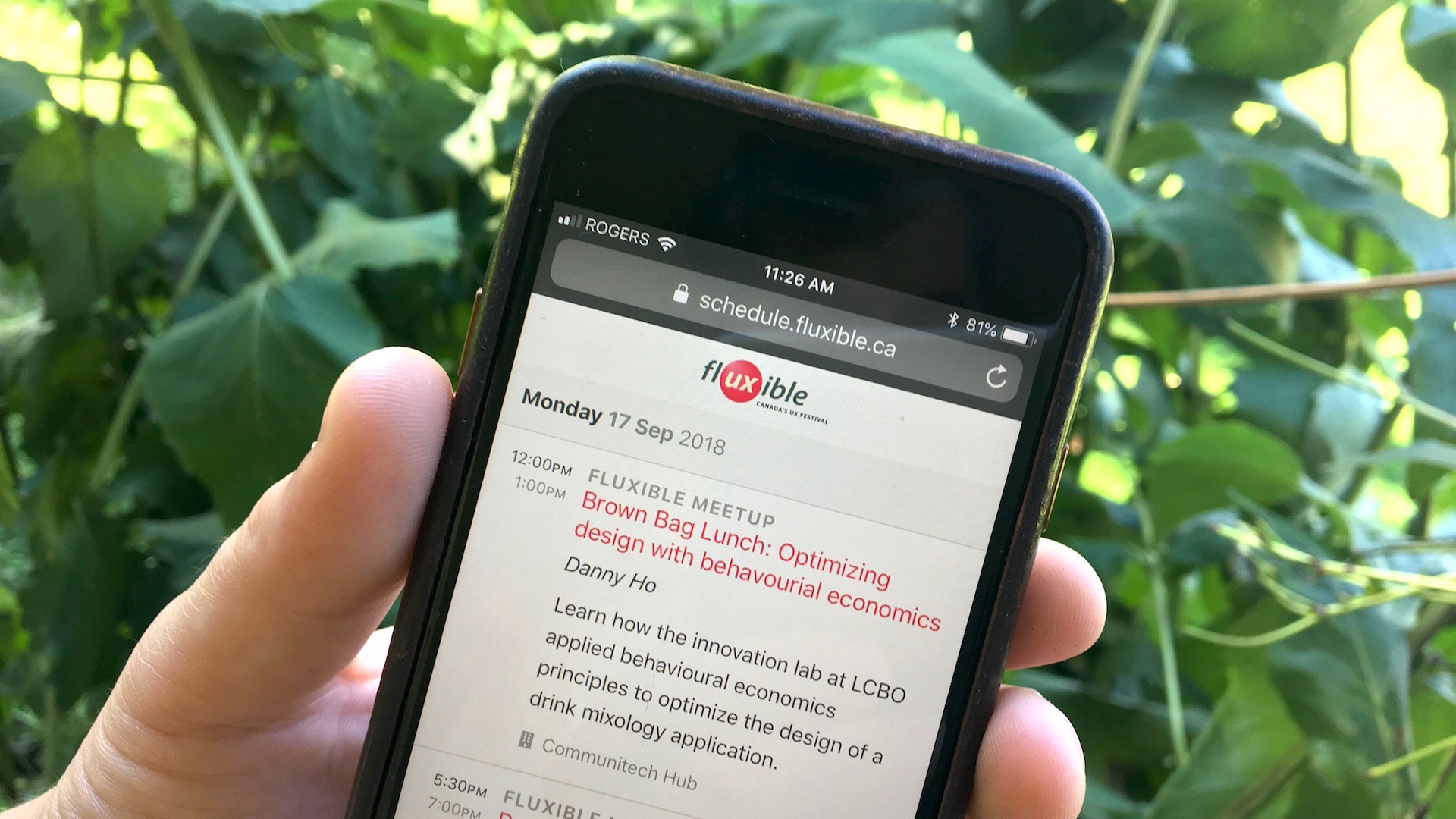David Trueman, of CycleWR, wrote at the Zeitspace blog recently about OpenStreetMap (OSM) and why we use its data in Cycling Guide. One of the reasons is that we can update OSM as new cycling infrastructure opens in the real world or as we discover issues in its data. Here’s how data-related improvements to our routing happen.
A big part of our testing early on was riding our bikes and experiencing Cycling Guide routes directly ourselves. That doesn’t scale, though, and we invited other people to get early access to Cycling Guide in order to test it and provide feedback. That testing has been a great success, especially in revealing issues in our routes. Here’s a recent example of feedback from one of our early access testers:
King St between Marshall and Regina is finished construction and has above grade bike lanes that are pretty good although you have to be cautious of pedestrians and parked vehicles. Routes are avoiding that section and taking inferior streets .
I’d been watching King Street North in Waterloo over the summer wondering when the opening would happen, and hadn’t realized that it had. Neither had David. He checked OSM and saw that there was nothing in its data yet about the new north-bound and south-boud cycleways. It was time for a quick reconnaissance trip. I cycled over to King Street South and Willis Way, and from there headed north on the dedicated cycleway. And as reported by our Cycling Guide tester, the new section is now open and I was able to ride all the way to University Avenue. I was able to ride back as well on the southbound cycleway, with the exception of a short segment between University and Bricker.
Having confirmed the physical state of this bit of the world, I let David know. He made an update in OSM, which is now awaiting review by other OSM contributors. We’ll see those cycleways on Cycling Guide routes and maps soon.
But updates to OSM aren’t the only way that we improve our cycling routes. We’ve had multiple testers let us know about rough trails that aren’t really suitable for many cyclists. They’re not appropriate for cargo bikes, or bikes pulling trailers, or simply just for less-experienced or less-confident cyclists. Here’s one report:
Route did not suggest going directly down Doon South but rather to take a trail just after Winding Wood Cres. The trail had an intense, steep hill that would be challenging for most cyclists.
To address this recurring issue, we’ve been updating the way that we process OSM data for use in our routing. As a result, we’re avoiding more and more of these kinds of rough trails. As I’ve mentioned previously, reports of real-world experiences from our group of testers is a big part of making sure that Cycling Guide routes are as good as they can be.
Here’s part of another recent example of a routing challenge that was quite tricky to diagnose, but simple to resolve:
I’m surprised that it didn’t suggest using the bike paths north of University Ave (near MacGregor Cres.) since that route takes about half the time and has less interaction with cars. I’m wondering if this route was intentionally avoided or if those paths just aren’t included in the map.
The routes that Cycling Guide provided in this case were far more indirect than they should have been, and it wasn’t at all clear why. This one was trickier to track down, but it eventually turned out that in the OSM data one short segment of the Laurel/Forwell Trails didn’t explicitly allow bikes, while all the other segments do. That prevented Cycling Guide from using those parts of the trails. This feedback resulted in another quick OSM update by David (again, pending review by other OSM contributors).
Sometimes we get reports of problems that are already close to being addressed. Here’s some recent feedback we received from another of our early access testers:
The road from Wellington at Walter to Park St, that runs between the GRH helipad and the badminton club, is a private road with gates. A route tried to take me through there today, but it is not passable.
I checked, and the issue was that we weren’t handling that private road correctly. That is, the OSM data is correct, but the way we were processing it needed improvement. The good news is that I checked with the newest internal routing data, and confirmed that we already have a fix that excludes private roads like this one from routing. That fix will be out in the world soon.
Engaging with people who joined our early access to Cycling Guide group has been, and continues to be, a great success. Sometimes the problems people have reported have fixes that apply across the Region because of improvements in how we process OSM data. Sometimes the fixes are to OSM data itself. In all cases, though, the result is better cycling routes for everyone.
If you’re interested in getting early access to Cycling Guide yourself, sign up right now at CyclingGuide.app. We’d love to hear from you.
This post originally appeared on the Zeitspace blog.




